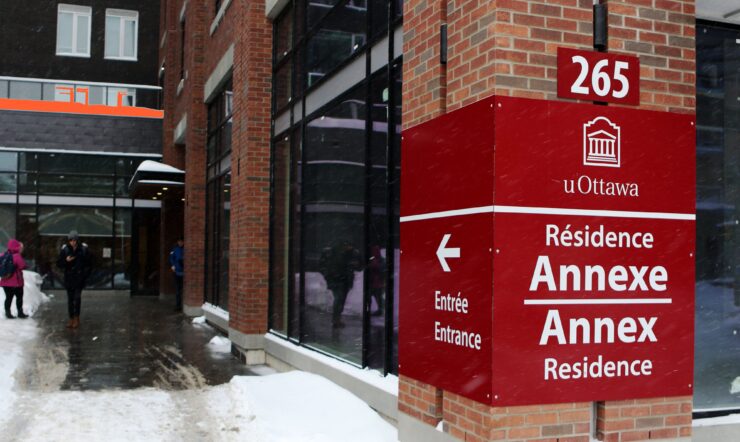Wearing masks can reduce the rate of new COVID-19 infections
Dear Editor,
At the start of the COVID-19 pandemic, the official advice from the World Health Organization (WHO) was that only two types of people should wear masks: those showing symptoms of COVID-19 and their caregivers. Wearing a mask when showing no signs of symptoms was discouraged, particularly across North America, to the point of it becoming socially unacceptable. However, after two months of discouraging the use of masks, Canada’s chief public health officer Theresa Tam now recommends that Canadians wear masks. This change in opinion comes as Canadian provinces begin to reopen their economies and scientists realize the greater risk of transmission from asymptomatic cases, those who have the virus but show no symptoms.
The WHO still discourages wearing masks because they claim there is a lack of evidence that wearing a mask can prevent infection from respiratory viruses, including COVID-19. Although studies have not established a conclusive relationship between mask use and protection against influenza infection, several studies have found that mask use significantly reduced the risk of seasonal influenza and severe acute respiratory syndrome (SARS). Furthermore, wearing a mask prevented infected people from passing on the infection, thus helping control the pathway for influenza transmission.
Some have been calling for the use of masks ever since the beginning of the COVID-19 outbreak. David Hui, a respiratory medicine expert at the Chinese University of Hong Kong who studied the 2002 to 2003 outbreak of SARS, believes that wearing a mask to protect against COVID-19 is just “common sense”. He explains, “the mask provides a barrier from respiratory droplets, which is predominantly how the virus spreads.”
Many patients infected with the COVID-19 virus often have mild or even no symptoms but can still transmit the disease without ever knowing they are infected. It is estimated that a third to one-half of all positive cases show no symptoms. A study released in early May found that transmission from people with mild or no symptoms could account for 80 percent of new positive cases. Another study, released around the same time, estimates that nearly half of the virus transmission may occur before an individual shows symptoms.
Long before the SARS or COVID-19 outbreak, face masks were generally worn in East Asia as a social norm. There, many people are accustomed to wearing masks when they are sick and during cold and flu season to protect themselves and others. Because culturally it’s considered impolite to be sneezing or coughing openly, wearing masks when feeling sick is a courtesy to others, stopping any sneezes from landing on other people, or on surfaces.
So why do most in western society not feel comfortable wearing masks in public situations where transmission is possible?
In response to the 2009 H1N1 outbreak, 71 percent of respondents to a survey in the United States supported wearing a mask during the outbreak. Nevertheless, only 8 percent of respondents reported they wore a mask in public to reduce the spread of the virus. Respondents who said they did not wear a mask in public cited difficulties with social interaction including:
- “I feel embarrassed”
- “People might criticize me about being in public while ill”
- “It makes me unattractive”
- “People might think I’m going to do something illegal”.
Therefore, to encourage the use of masks, we must tear down any built-up social stigma against mask use in times of risk.
With over 90 per cent of North Americans admitting that they have gone to work while sick, the importance of wearing masks to prevent transmission and illness is perhaps a lesson to remember even after the COVID-19 crisis is over.
Rhyanna Melanson is a recent University of Ottawa graduate with a BSc. in Biology. When COVID-19 becomes a thing of the past and the world reopens, she plans to continue her education working towards a Masters in Science and Health Communication. Rhyanna currently works for the Government of Canada from the comfort of her living room.








